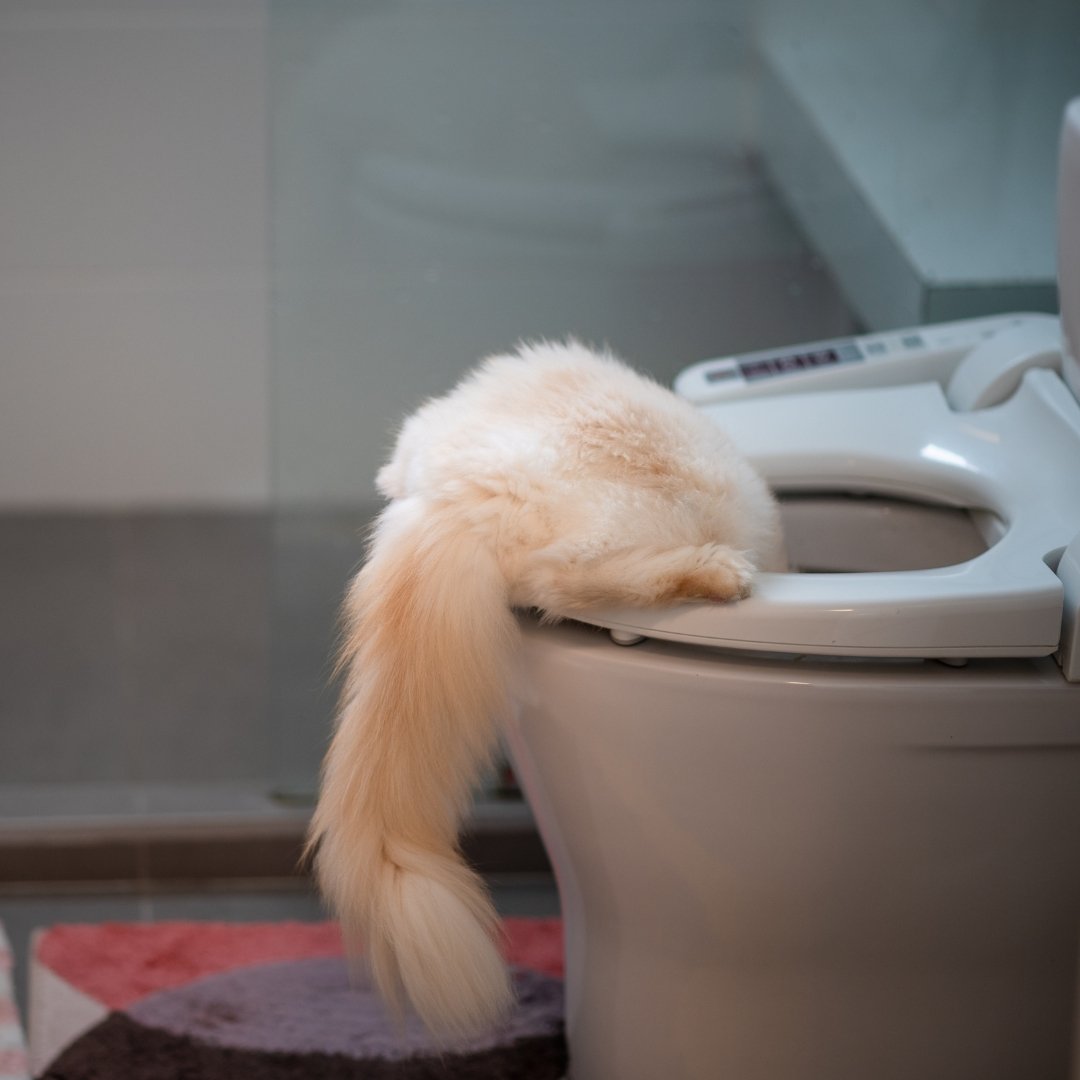Reasons You Must Never Flush Cat Poop Down Your Toilet - Critical Information
Reasons You Must Never Flush Cat Poop Down Your Toilet - Critical Information
Blog Article
What're your thoughts concerning Can You Flush Cat Poo or Litter Down the Toilet??

Intro
As pet cat owners, it's important to bear in mind how we take care of our feline friends' waste. While it may seem practical to purge cat poop down the bathroom, this method can have destructive repercussions for both the setting and human health.
Alternatives to Flushing
Thankfully, there are much safer and extra responsible ways to throw away pet cat poop. Consider the following alternatives:
1. Scoop and Dispose in Trash
The most typical technique of disposing of cat poop is to scoop it into a naturally degradable bag and throw it in the garbage. Make sure to utilize a specialized clutter inside story and dispose of the waste quickly.
2. Use Biodegradable Litter
Opt for biodegradable cat litter made from materials such as corn or wheat. These litters are environmentally friendly and can be safely dealt with in the trash.
3. Bury in the Yard
If you have a yard, consider burying pet cat waste in a marked location far from vegetable yards and water sources. Make certain to dig deep enough to stop contamination of groundwater.
4. Install a Pet Waste Disposal System
Buy a pet garbage disposal system especially created for feline waste. These systems utilize enzymes to break down the waste, decreasing odor and environmental impact.
Wellness Risks
Along with environmental issues, purging cat waste can also pose health and wellness threats to humans. Cat feces might contain Toxoplasma gondii, a parasite that can trigger toxoplasmosis-- a potentially severe disease, particularly for expectant ladies and individuals with damaged body immune systems.
Environmental Impact
Purging feline poop introduces damaging pathogens and bloodsuckers into the water, positioning a substantial danger to water communities. These contaminants can adversely affect marine life and concession water quality.
Verdict
Responsible pet dog ownership expands beyond providing food and sanctuary-- it additionally includes proper waste administration. By refraining from purging cat poop down the commode and choosing alternative disposal approaches, we can reduce our ecological footprint and shield human health and wellness.
Why Can’t I Flush Cat Poop?
It Spreads a Parasite
Cats are frequently infected with a parasite called toxoplasma gondii. The parasite causes an infection called toxoplasmosis. It is usually harmless to cats. The parasite only uses cat poop as a host for its eggs. Otherwise, the cat’s immune system usually keeps the infection at low enough levels to maintain its own health. But it does not stop the develop of eggs. These eggs are tiny and surprisingly tough. They may survive for a year before they begin to grow. But that’s the problem.
Our wastewater system is not designed to deal with toxoplasmosis eggs. Instead, most eggs will flush from your toilet into sewers and wastewater management plants. After the sewage is treated for many other harmful things in it, it is typically released into local rivers, lakes, or oceans. Here, the toxoplasmosis eggs can find new hosts, including starfish, crabs, otters, and many other wildlife. For many, this is a significant risk to their health. Toxoplasmosis can also end up infecting water sources that are important for agriculture, which means our deer, pigs, and sheep can get infected too.
Is There Risk to Humans?
There can be a risk to human life from flushing cat poop down the toilet. If you do so, the parasites from your cat’s poop can end up in shellfish, game animals, or livestock. If this meat is then served raw or undercooked, the people who eat it can get sick.
In fact, according to the CDC, 40 million people in the United States are infected with toxoplasma gondii. They get it from exposure to infected seafood, or from some kind of cat poop contamination, like drinking from a stream that is contaminated or touching anything that has come into contact with cat poop. That includes just cleaning a cat litter box.
Most people who get infected with these parasites will not develop any symptoms. However, for pregnant women or for those with compromised immune systems, the parasite can cause severe health problems.
How to Handle Cat Poop
The best way to handle cat poop is actually to clean the box more often. The eggs that the parasite sheds will not become active until one to five days after the cat poops. That means that if you clean daily, you’re much less likely to come into direct contact with infectious eggs.
That said, always dispose of cat poop in the garbage and not down the toilet. Wash your hands before and after you clean the litter box, and bring the bag of poop right outside to your garbage bins.
https://trenchlesssolutionsusa.com/why-cant-i-flush-cat-poop/

I discovered that write up on Don’t flush cat feces down the toilet when surfing around the web. Remember to set aside a second to share this article if you liked it. Thanks so much for your time invested reading it.
Book Now! Report this page